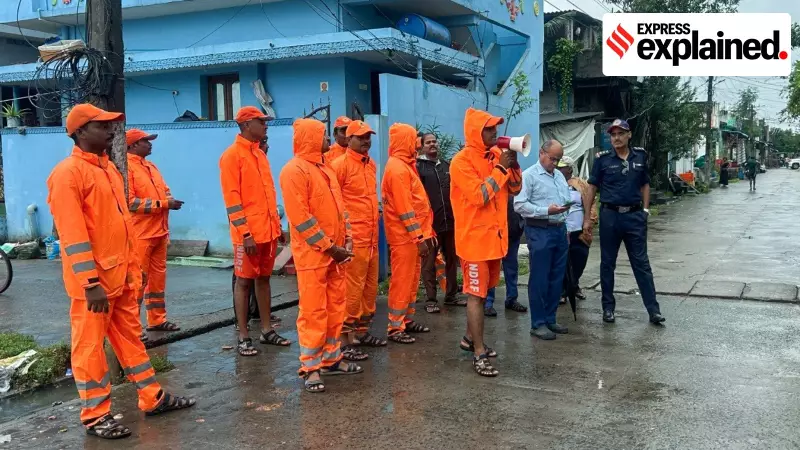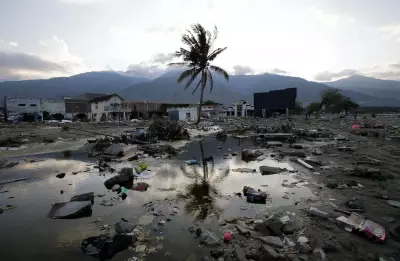
Once considered India's most cyclone-vulnerable state, Odisha has undergone a dramatic transformation that has rewritten the playbook for disaster management across the nation. The coastal state, which bears the brunt of nearly every cyclonic disturbance forming in the Bay of Bengal, has evolved from tragedy to triumph through strategic planning and technological innovation.
The Turning Point: 1999 Super Cyclone
The catastrophic Super Cyclone of 1999 served as Odisha's painful wake-up call. With winds reaching 260 kmph and storm surges up to 8 meters high, the disaster claimed approximately 10,000 lives and caused unprecedented devastation. This tragedy became the catalyst for complete overhaul of the state's disaster response mechanisms.
Building a Robust Defense System
Odisha's remarkable turnaround rests on several key pillars that have made it a model for other coastal states:
- Advanced Early Warning Systems: The state now leverages cutting-edge technology and international partnerships to track cyclones days in advance
- Mass Evacuation Capability: Odisha has demonstrated the ability to evacuate over a million people within 48 hours
- Cyclone-Resistant Infrastructure: Hundreds of robust shelters dot the coastline, providing safe havens during storms
- Community Engagement: Local volunteers and disaster management teams ensure last-mile connectivity of warnings
Recent Success Stories
The effectiveness of Odisha's new approach became evident during Cyclone Phailin in 2013. Despite similar intensity to the 1999 super cyclone, casualties were reduced to a remarkable 45 lives saved. The state repeated this success during Cyclone Fani in 2019, managing massive evacuations that prevented catastrophic loss of life.
National Recognition and Global Praise
Odisha's disaster management model has received acclaim from international organizations including the United Nations. The state's ability to minimize casualties despite increasing cyclone frequency has set new benchmarks for coastal regions worldwide facing climate change challenges.
The Odisha story proves that with proper planning, community involvement, and technological integration, even the most vulnerable regions can build resilience against nature's fury.





